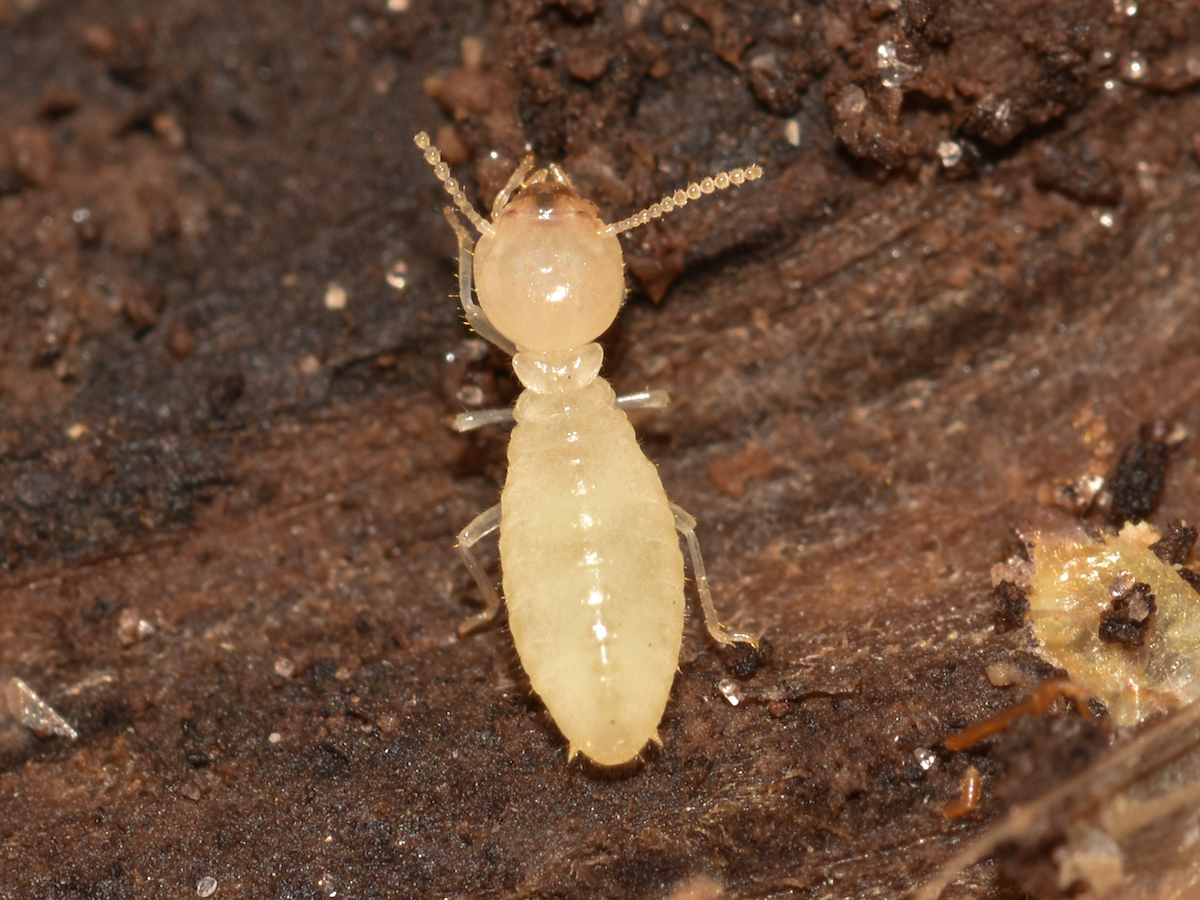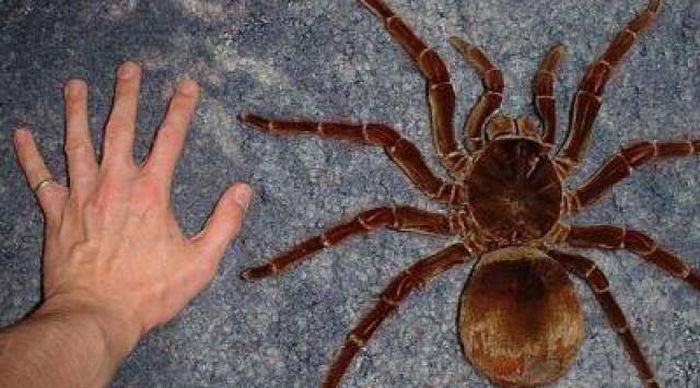 Termites are very unique creatures. I initially learned about their specific capabilities in my biology class. A group of protists known as Parabasalids contains what is known as Trichonympha, which have cellulase enzymes capable of digesting cellulose. Trichonympha also has a mutualistic relationship with Termites and in fact lives in their guts to digest cellulose for the creature. This innovation is very interesting especially for modern society. If people could create cellulase enzymes that could synthesize energy for humans, world hunger would come to an end.
Termites are very unique creatures. I initially learned about their specific capabilities in my biology class. A group of protists known as Parabasalids contains what is known as Trichonympha, which have cellulase enzymes capable of digesting cellulose. Trichonympha also has a mutualistic relationship with Termites and in fact lives in their guts to digest cellulose for the creature. This innovation is very interesting especially for modern society. If people could create cellulase enzymes that could synthesize energy for humans, world hunger would come to an end.
Specifically, the Formosan Termite is unique and sometimes known as a "super termite" as it is the most aggressive and voracious species in the entire subgroup. Now these termites along with other types have a very organized way of living. They establish colonies either under or above ground. Additionally there is usually a queen who lays a significant amount of eggs, while the workers and soldiers maintain the identity of the colony. Specifically for Formosan Termites, they have around 360 workers and 40 soldiers. This seems a lot until compared to the average size of a termite colony of almost 5000 termites. This makes Formosan colonies one-tenth the size of other species!
The differences in colony sizes of different termites as well as level of aggression help to understand how such similar animals develop so differently. While the termite is relatively harmless to people, the fact that Formosan Termites are so aggressive is an anomaly at first. However, with a better understanding of biology and the laws of thermodynamics, people can better understand how this species is adapted to variation. The aggressive trait in animals is one that is very taxing to the amount of energy of the being. This explains why most termites are harmless. However, Formosan Termites have much smaller colonies than other termites, and therefore have a more efficient use of resources. This explains why biology has allowed this species its unique set of behavioral traits.
Additionally, this species is very resilient and usually causes much damage to the places they are in. These termites reside in places such as Hawaii who's residents pay around 100 million dollars per year to fix termite damage. The fact that a species as small as termites are able to cause such devastating damage is astounding! It really shows the differentiation of all human life. When thinking of organic organisms, the more we understand about the world, the harder it is to make sense of it. Life has evolved in ways that would be unimaginable if not seen by our very own eyes.


 The Giant Water Bug is the largest actual "bug" in the world. This species can be as much as four inches long. What makes this insect stand out is its ability to catch fish, salamanders, and frogs that are for the most part twice as big as it. This is just another example of the uniqueness present in different types of insects. This bug has every deadly way of taking down its prey. It first latches onto its victim, and uses a very sharp-like mouth to insert deadly saliva which destroys the insides of its target. That property alone is interesting because it makes me wonder how an insect that could have a chemical composition that is harmless to itself but deadly to other species. What traits does this individual have that stop it from hurting itself?
The Giant Water Bug is the largest actual "bug" in the world. This species can be as much as four inches long. What makes this insect stand out is its ability to catch fish, salamanders, and frogs that are for the most part twice as big as it. This is just another example of the uniqueness present in different types of insects. This bug has every deadly way of taking down its prey. It first latches onto its victim, and uses a very sharp-like mouth to insert deadly saliva which destroys the insides of its target. That property alone is interesting because it makes me wonder how an insect that could have a chemical composition that is harmless to itself but deadly to other species. What traits does this individual have that stop it from hurting itself? Originally, I heard about this arachnid as a joke and I was mortified. I was sitting in lunch one day and a person told me, "Do you know there are spiders that can eat birds?". I thought it was a joke but when I looked into it, I learned about the Goliath Birdeater, the largest spiders to ever exist, do in fact eat small birds. This spider is a type of tarantula, and thankfully lives in South America. Now you might want to know how big this species is. Well, on average they have the body size of 4.75 inches and the leg span of 11 inches. Now a spider that is 2-3 feet big is something to be scared of. They can actually eat
Originally, I heard about this arachnid as a joke and I was mortified. I was sitting in lunch one day and a person told me, "Do you know there are spiders that can eat birds?". I thought it was a joke but when I looked into it, I learned about the Goliath Birdeater, the largest spiders to ever exist, do in fact eat small birds. This spider is a type of tarantula, and thankfully lives in South America. Now you might want to know how big this species is. Well, on average they have the body size of 4.75 inches and the leg span of 11 inches. Now a spider that is 2-3 feet big is something to be scared of. They can actually eat
